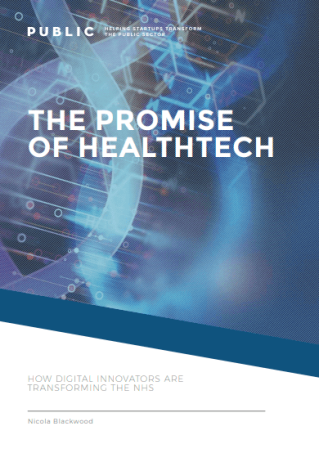University of Manchester | April 2018 | Increased risk of unnatural death to people with epilepsy found
Scientists at Manchester and Swansea University have discovered that people with epilepsy are at a slightly increased risk of dying an unnatural death compared to the rest of the population. They analysed data from electronic primary care data sets linked to hospitalisation and mortality record for individuals with epilepsy in England and Wales and compared these to individuals without (via University of Manchester).
The analysis shows that compared to people without epilepsy, people with epilepsy are specifically:
- Twice as likely to die by suicide
- Three times more likely to die accidentally
- Five times more likely to die specifically by accidental medication poisoning
- Three and a half times as likely to die by intentional medication poisoning
The researchers recommend consider the toxicity of concomitant medication when prescribing drugs for people with epilepsy.
Dr Hayley Gorton said: “Because of these risks, it’s important that people with epilepsy are adequately warned so they can take measures to prevent accidents.
“We urge clinicians to advise their patients about unintentional injury prevention and monitor them for suicidal thoughts and behaviour.
“We would also advise doctors to assess suitability and toxicity of medication when prescribing medicines for other associated conditions to these individuals.
Importance People with epilepsy are at increased risk of mortality, but, to date, the cause-specific risks of all unnatural causes have not been reported.
Objective To estimate cause-specific unnatural mortality risks in people with epilepsy and to identify the medication types involved in poisoning deaths.
Design, Setting, and Participants This population-based cohort study used 2 electronic primary care data sets linked to hospitalization and mortality records, the Clinical Practice Research Datalink (CPRD) in England (from January 1, 1998, to March 31, 2014) and the Secure Anonymised Information Linkage (SAIL) Databank in Wales (from January 1, 2001, to December 31, 2014).
Each person with epilepsy was matched on age (within 2 years), sex, and general practice with up to 20 individuals without epilepsy. Unnatural mortality was determined using International Statistical Classification of Diseases and Related Health Problems, Tenth Revision codes V01 through Y98 in the Office for National Statistics mortality records. Hazard ratios (HRs) were estimated in each data set using a stratified Cox proportional hazards model, and meta-analyses were conducted using DerSimonian and Laird random-effects models. The analysis was performed from January 5, 2016, to November 16, 2017.
Exposures People with epilepsy were identified using primary care epilepsy diagnoses and associated antiepileptic drug prescriptions.
Main Outcomes and Measures Hazard ratios (HRs) for unnatural mortality and the frequency of each involved medication type estimated as a percentage of all medication poisoning deaths.
Results In total, 44 678 individuals in the CPRD and 14 051 individuals in the SAIL Databank were identified in the prevalent epilepsy cohorts, and 891 429 (CPRD) and 279 365 (SAIL) individuals were identified in the comparison cohorts. In both data sets, 51% of the epilepsy and comparison cohorts were male, and the median age at entry was 40 years (interquartile range, 25-60 years) in the CPRD cohorts and 43 years (interquartile range, 24-64 years) in the SAIL cohorts. People with epilepsy were significantly more likely to die of any unnatural cause (HR, 2.77; 95% CI, 2.43-3.16), unintentional injury or poisoning (HR, 2.97; 95% CI, 2.54-3.48) or suicide (HR, 2.15; 95% CI, 1.51-3.07) than people in the comparison cohort.
Particularly large risk increases were observed in the epilepsy cohorts for unintentional medication poisoning (HR, 4.99; 95% CI, 3.22-7.74) and intentional self-poisoning with medication (HR, 3.55; 95% CI, 1.01-12.53). Opioids (56.5% [95% CI, 43.3%-69.0%]) and psychotropic medication (32.3% [95% CI, 20.9%-45.3%)] were more commonly involved than antiepileptic drugs (9.7% [95% CI, 3.6%-19.9%]) in poisoning deaths in people with epilepsy.
Conclusions and Relevance Compared with people without epilepsy, people with epilepsy are at increased risk of unnatural death and thus should be adequately advised about unintentional injury prevention and monitored for suicidal ideation, thoughts, and behaviors. The suitability and toxicity of concomitant medication should be considered when prescribing for comorbid conditions.
The research has been published in the JAMA Neurology, Rotherham NHS staff may request it here






